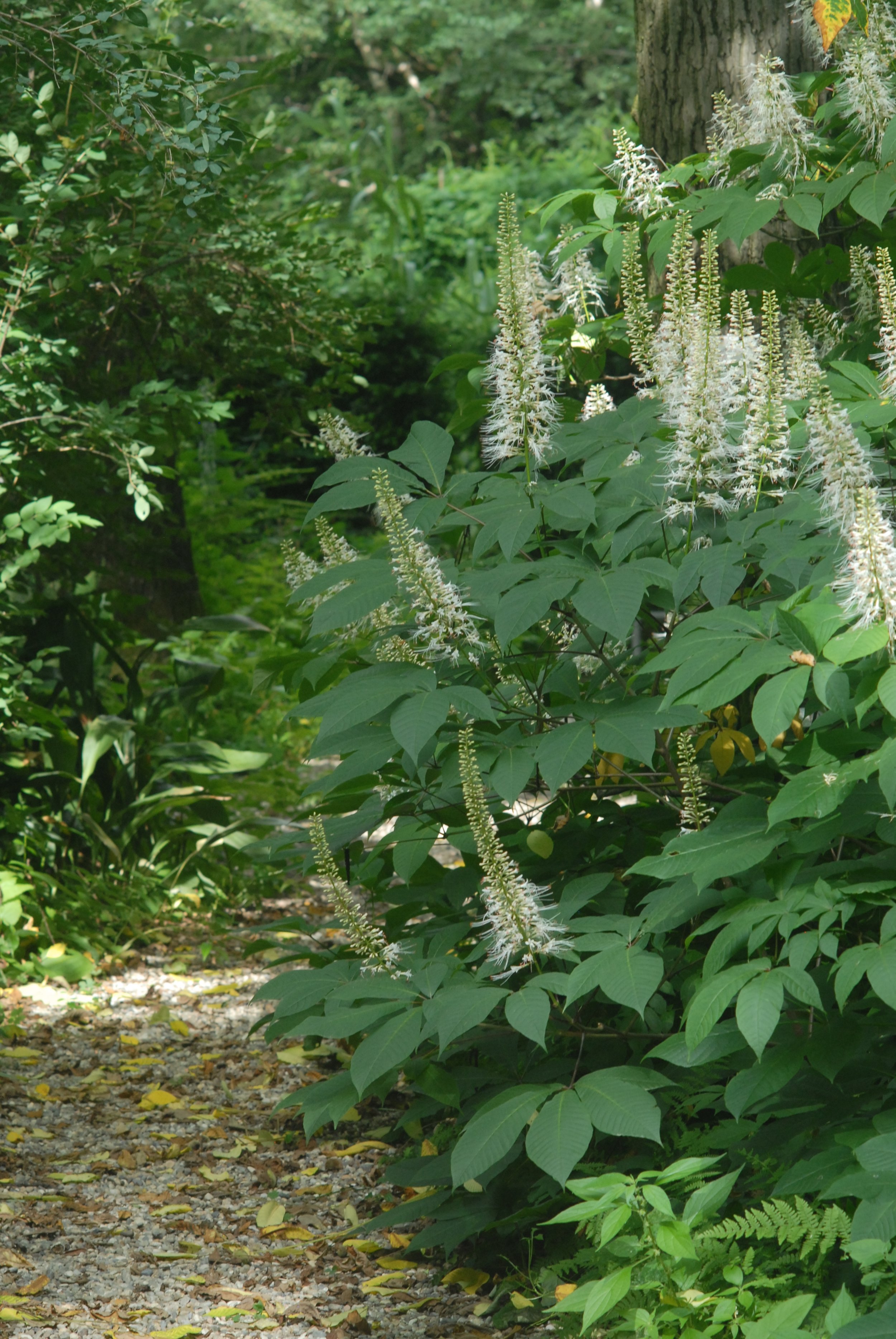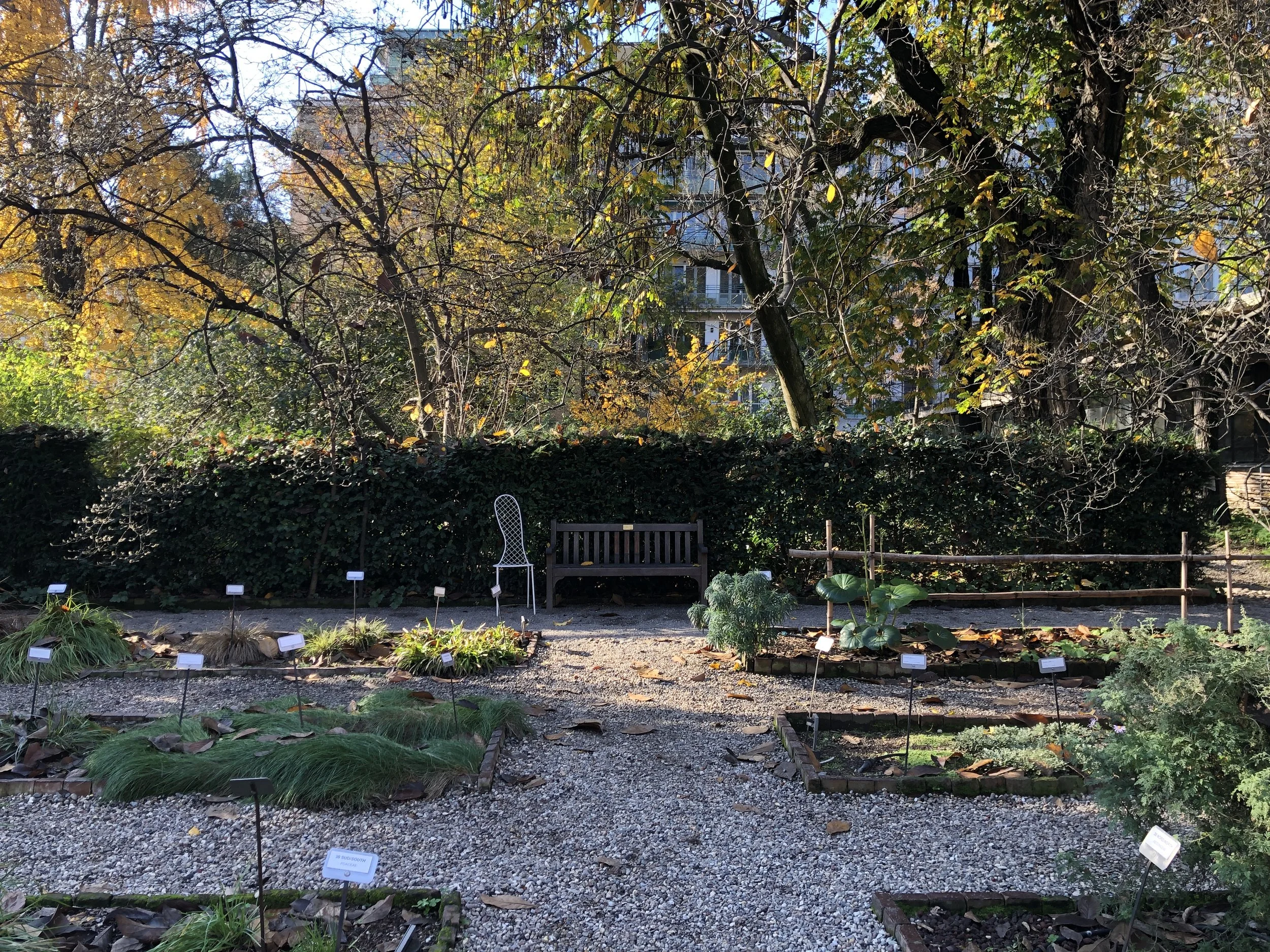Brera Botanical Garden
Brera Botanical Garden
The Brera Botanical Garden is an eighteenth-century museum garden situated within the Milan University Brera campus in the heart of the city. The botanical garden is divided into two parts, a formal plant collection organized in orderly, scientific rows and an arboretum where the plants could be observed slowly in a heightened natural environment. The renovation of the arboretum, designed by De Molfetta & Strode, builds upon the existing ninteenth-century concept of the garden as an informal place for the slow observation of plants.
Building on the extensive existing plant collection, the project creates a series of unique environments and experiences linked by a new path. A pruned hedge creates a threshold to the arboretum, marking a clear distinction from the existing formal portion of the garden and defining two precise entry points and framing views into the arboretum.
The path leads the visitor to the foot of two monumental Ginkgos where a newly planted collection of pre-historic plants, pteridophytes, lyophytes and bryophytes, tells the story of evolution. Trunks from fallen trees elsewhere in the garden were moved and nestled into the pre-historic plantings as an example of the natural cycle of decomposition and rebirth. Along the winding path to the northern side of the garden is a group of winter-shaped Hamamelidaceae. To the back of the garden two small hills are formed to make an intimate display of groundcover and shrubs belonging to the Berberidaceae family while visually shielding the area dedicated to composting.
Inside the arboretum the new plan creates a sunny, grassy clearing for central gathering and two new flexible spaces, one for temporary events and another for scientific teaching. The new bench, which recalls the third tank of water that was planned but never built, is made entirely of recycled materials and is placed on a pavement made from the reuse of stones that belonged to the ancient greenhouses onsite.
Location: Milan, Italy
Area: 1’500 sqm
Date: 2016-18









